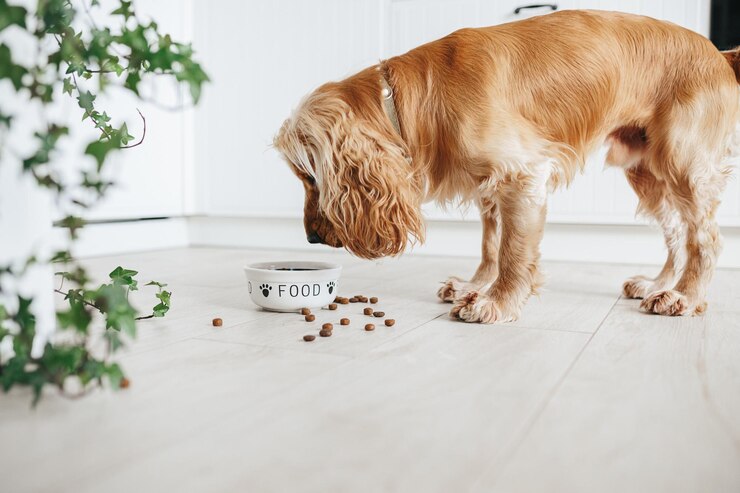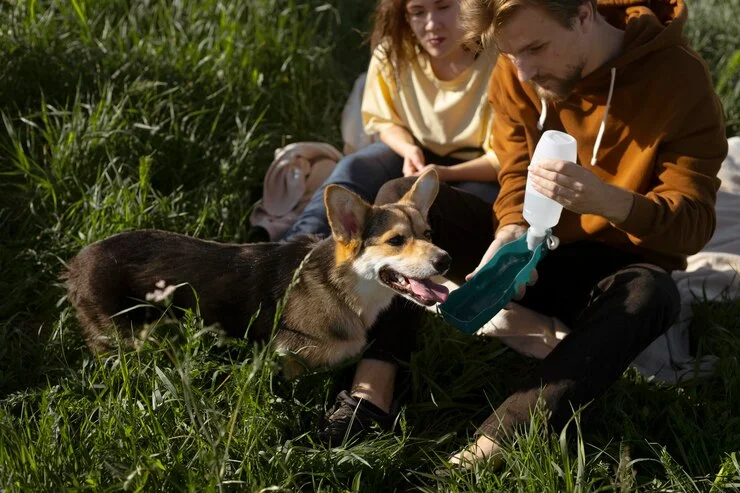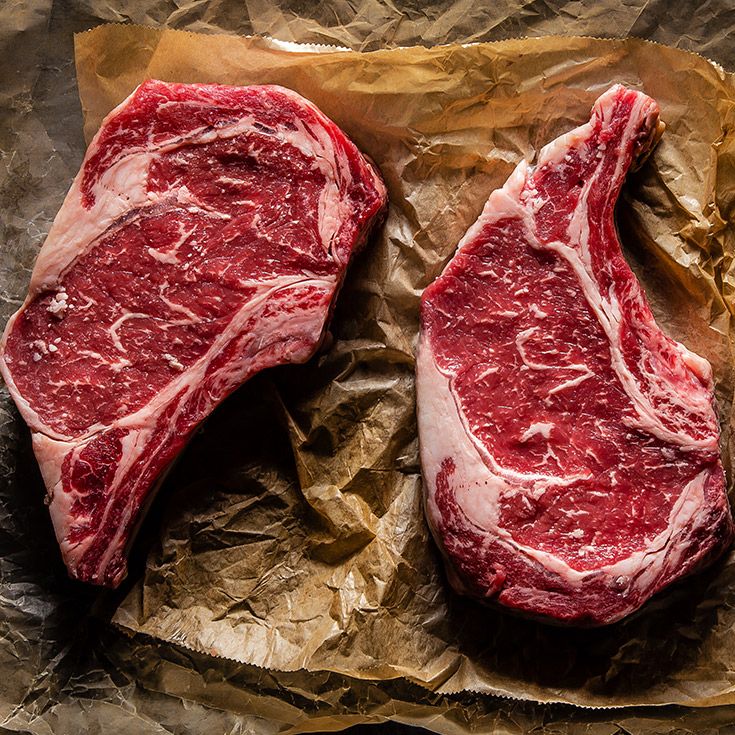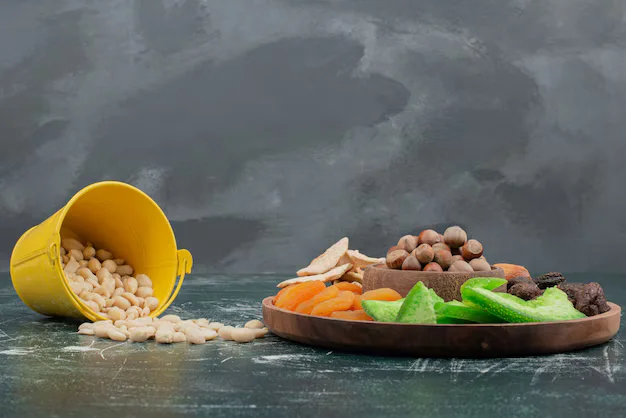Best Dog Food for Senior Dogs in 2025

Just like any other animal, there are different diets on the table for dogs depending on their age. Like humans, senior dogs also get new issues like aching joints, less strength, and developing sensitive stomachs. Selecting the right dog food for senior dogs is important to keep them in a great state of health and happiness. Here is what you need to know about good senior dog food and how you can find the best fit for your pet.
Why is Food Different for an Old Dog?
This is true because a newborn puppy has a much faster metabolism rate than a dog, and as the dog ages, it develops joint problems and health complications. Thus there is a need to feed them on a diet that is prepared especially for them. Here’s why:
1. Prevent Weight Gain
Old dogs reduce their activity, thus requiring fewer feeds, hence the fewer calories required. Special foods meant for elders contain reduced amounts of fat and calories to help regulate their weight.
2. Support Joint Health
Elderliness comes hand in hand with arthritis and joint pains. Senior dog foods may also include ingredients such as glucosamine that enhance strength in the joint.
3. Boost Digestive Health
Muscle strength decreases with age, and the dogs can experience slow digestion. Foods with fiber and probiotics for the intestines to prevent constipation Preeclampsia and constipation are dangerous for a pregnant lady and her unborn baby.
4. Enhance Cognitive Function
Like any other body organ, the human brain undergoes some changes that may be considered negative as a result of growth in age. One is DHA—an omega-3 fatty acid that aids in memory enhancements and all other performance as it relates to the brain—and the other is antioxidants.
Top 5 Best Dog Foods for Senior Dogs
- Buy from IAMS at Amazon
- Buy from Wagg at Amazon
- Buy from HARRINGTONS at Amazon
- Buy from Pooch & Mutt at Amazon
- Buy from Winalot at Amazon
Symptoms that point to the fact that your dog is a senior and needs senior dog food
Debating whether or not it’s time to swap? Look out for these signs:
- Weight gain or loss: Perhaps it is due to a slower metabolic rate, or else they have poor digestion as well.
- Low energy levels: Your dog may require a food that promotes joint health and increases energy levels.
- Dull coat or dry skin: He or she may require additional amounts of omega-3 and omega-6 fatty acids.
- Difficulty chewing: A soft diet might be easier, or small pieces of the kibble might make feeding a bit easier.
What to Look for in Dog Food for Senior Dogs
Selecting the right food isn’t selecting the right brand—it’s choosing the ingredients that go into it and whether the food is going to be balanced.
1. High-Quality Proteins
- Look for real meat, such as chicken, turkey, or fish, as the first item in the list of ingredients.
- Find out that it also contains by-products and low-quality fillers as far as possible.
2. Joint-Supporting Nutrients
- Glucosamine- and chondroitin-containing foods are good for arthritis and joint pain.
- Omega-3 fatty acids reduce inflammation.
3. Digestive Aids
High fiber cures constipation issues and probiotics on digestion issues.
4. Brain-Boosting Ingredients
Fatty acids such as docosahexaenoic acid (DHA) and eicosapentaenoic acid (EPA), which can be found in fish oils, are important for cognitive health.
5. Antioxidants
Vitamin C and E, selenium, and beta-carotene sustain the integrity of cells and enhance immunity.
Common Health Issues in Senior Dogs
Addressing these common health concerns with the right food can make a significant difference in your dog’s quality of life:
| Health Issue | Recommended Ingredients | Example Food |
| Joint Pain | Glucosamine, omega-3 fatty acids | Hill’s Science Diet Joint Health |
| Cognitive Decline | DHA, EPA, and antioxidants | Purina Pro Plan Bright Mind |
| Weight Management | Low fat, high fiber | Blue Buffalo Healthy Weight |
| Digestive Problems | Probiotics, prebiotics, and high fiber | Wellness Complete Health Senior |
Feeding Tips for Senior Dogs
Switching to senior dog food? Follow these tips for a smooth transition:
- Gradual Change: Introduce new food gradually to their current diet in a weekly time frame of 7-10 days.
- Monitor Portions: Adhere to the recommended serving size of the food on the label and make changes if your dog is either more or less active.
- Use Warm Water: Drop a little warm water to soften the food and increase the smell to make it look more appealing.
Conclusion
As much as every dog does, your senior dog deserves to be fed nutritious meals in an attempt to help them have a comfortable and healthy end of day. A concentration on superior-quality products that are targeted based on a consumer’s requirement for joint, digestive, or cognitive health.
There is a variety of really good brands of senior diets, such as Hill’s Science Diet, Blue Buffalo, and Purina Pro Plan, which are designed for dogs with several health issues. Always seek advice from your vet when planning to change your dog’s diet in a big way, for a diet may need to be adjusted to your dog’s needs.
As you will see, there’s plenty you can do to ensure your senior dog remains healthy and full of energy, with tails wagging and barking happily.







